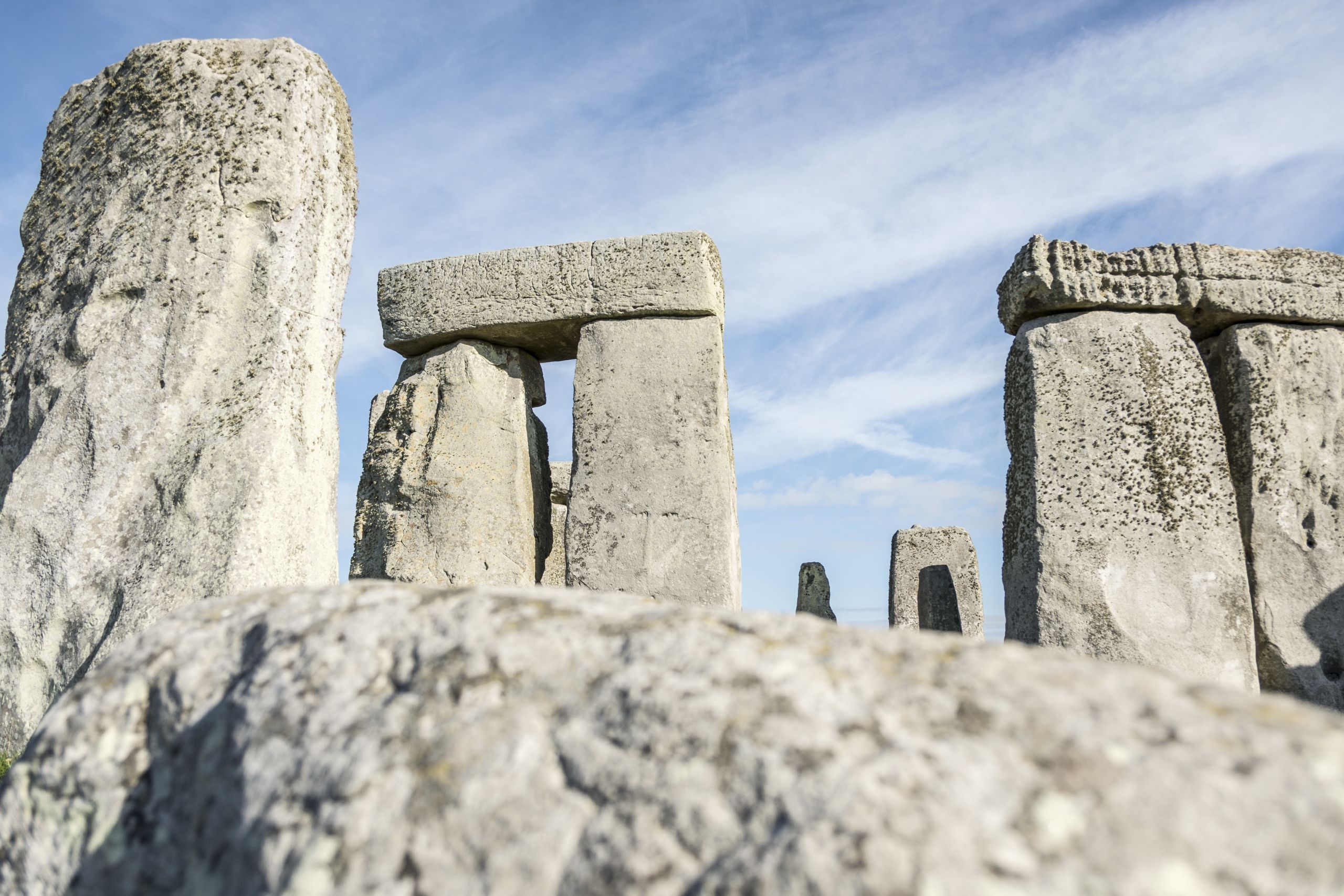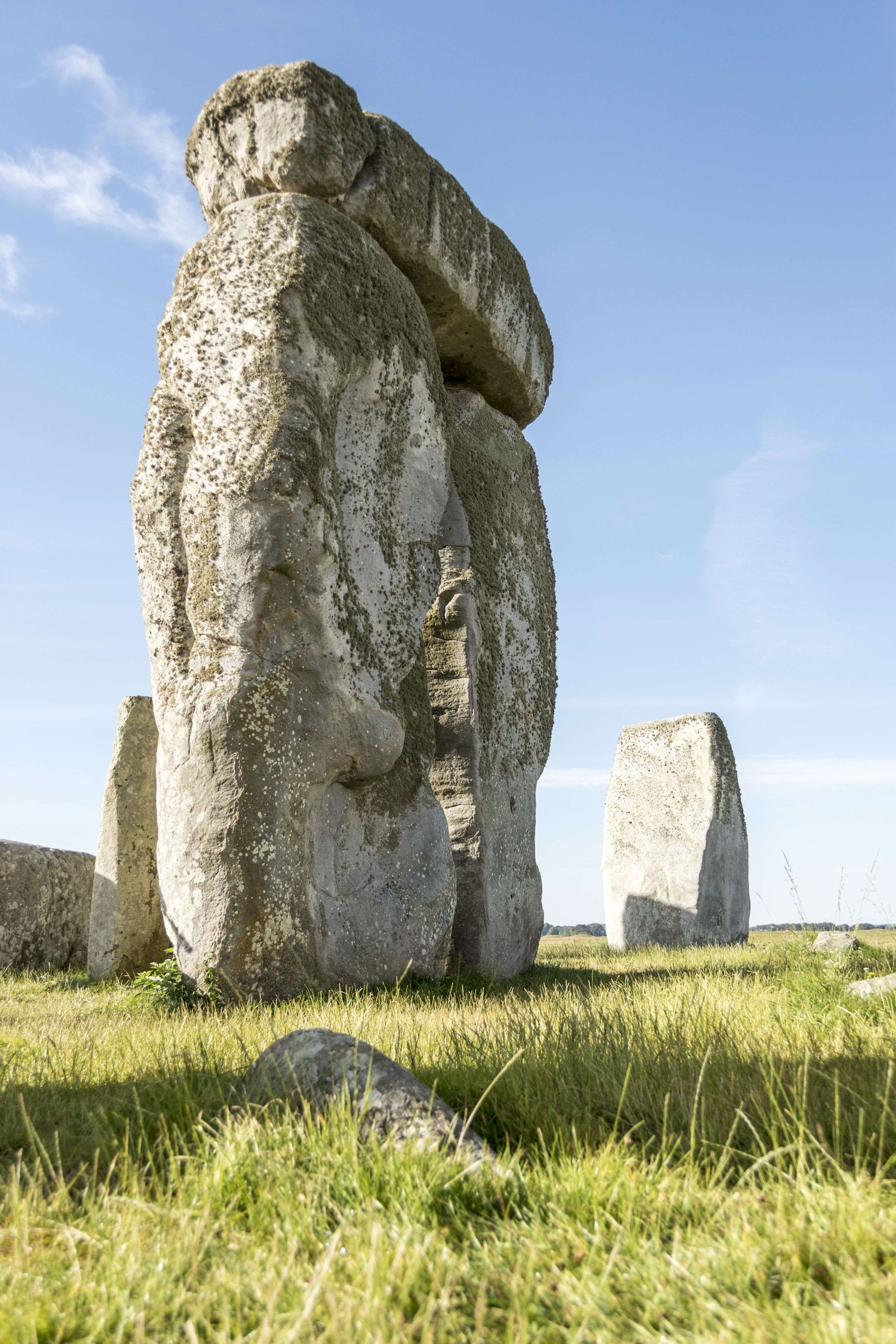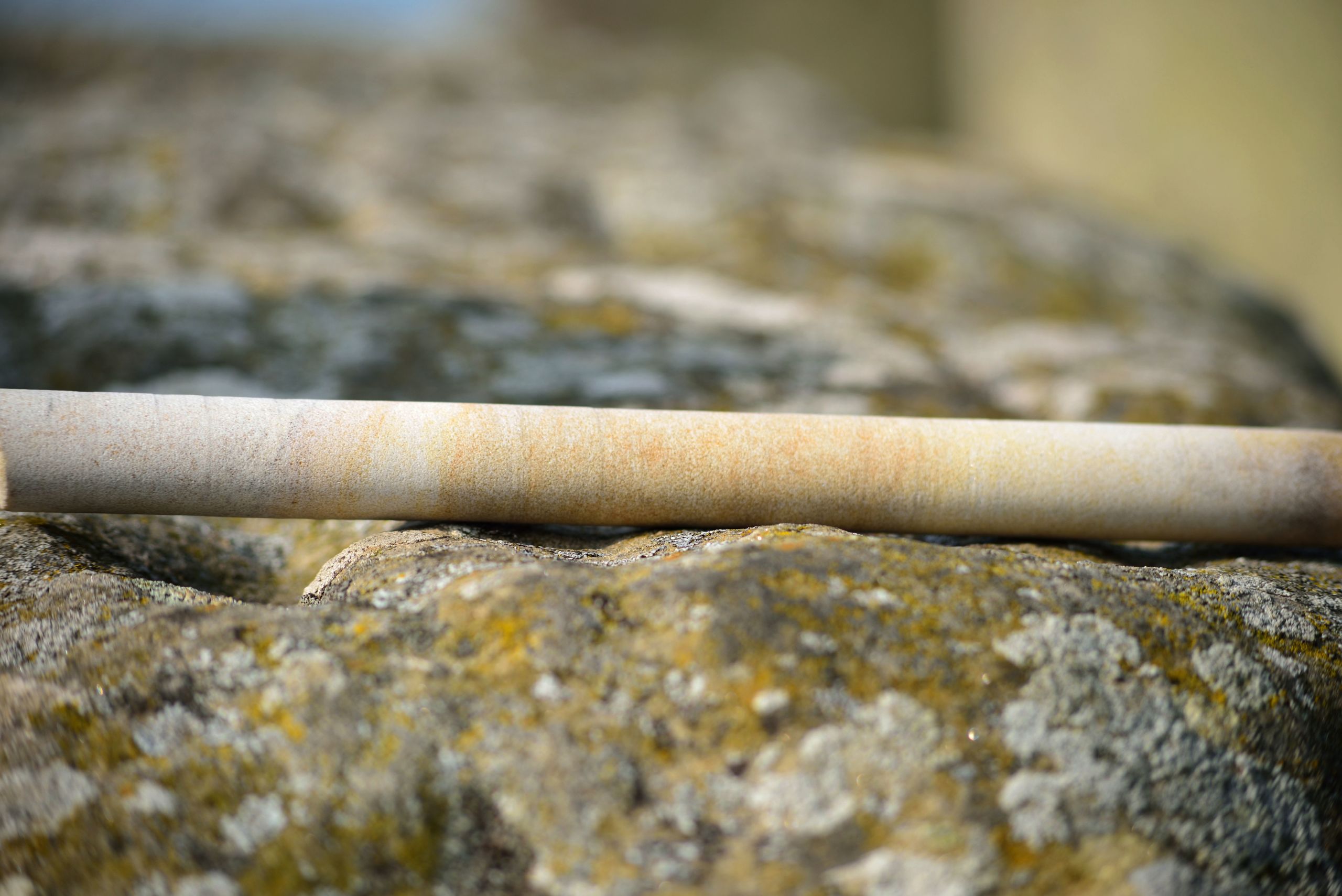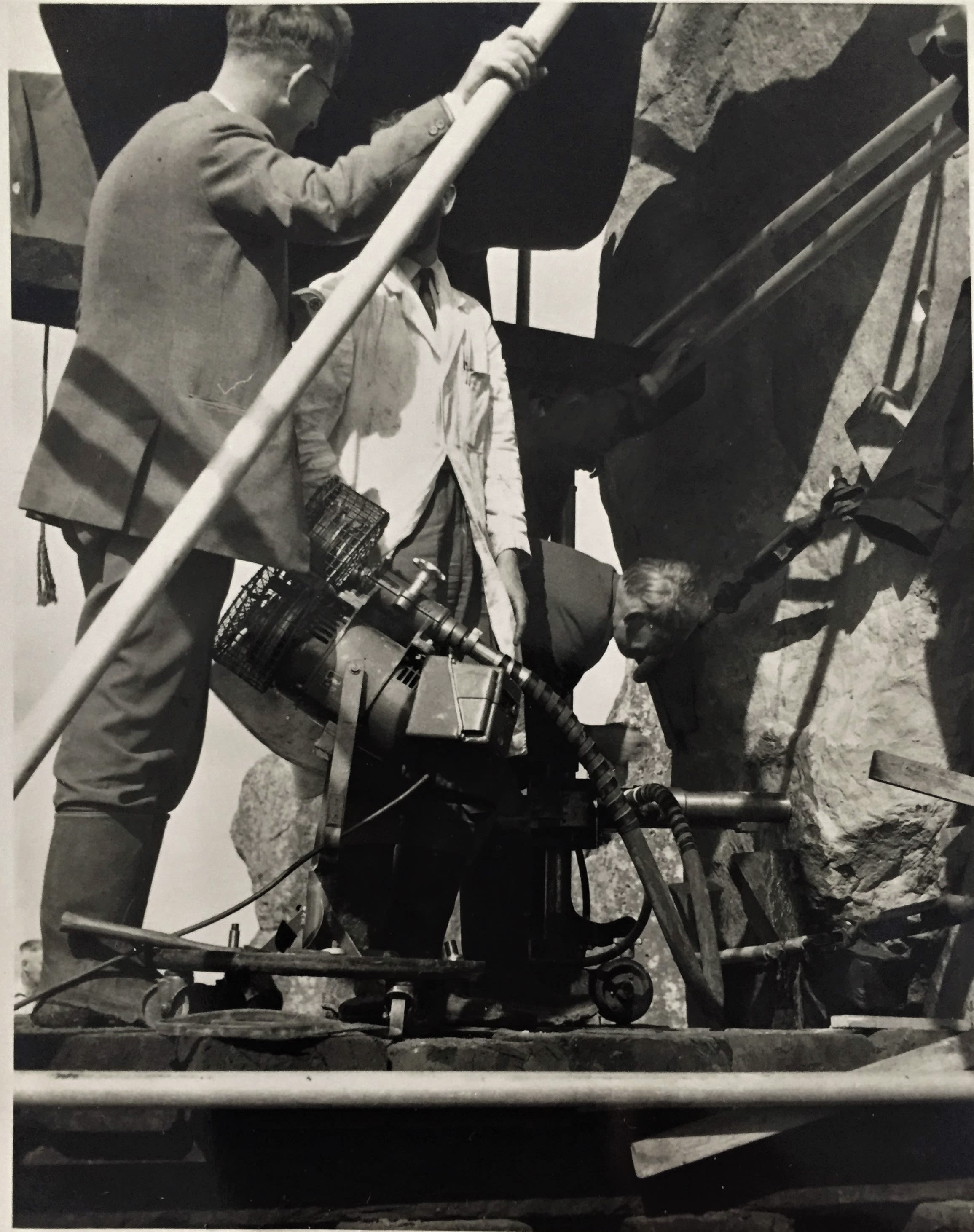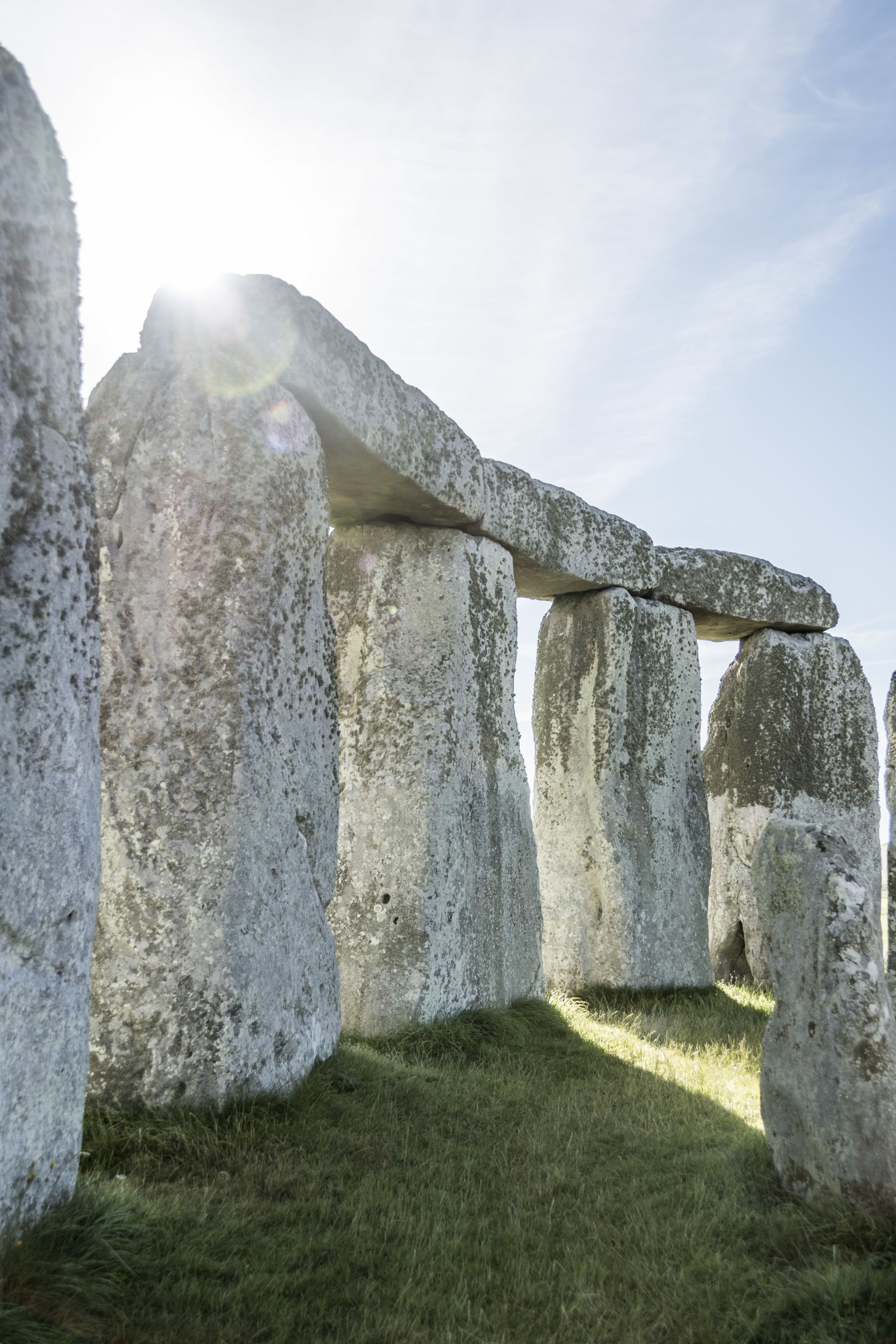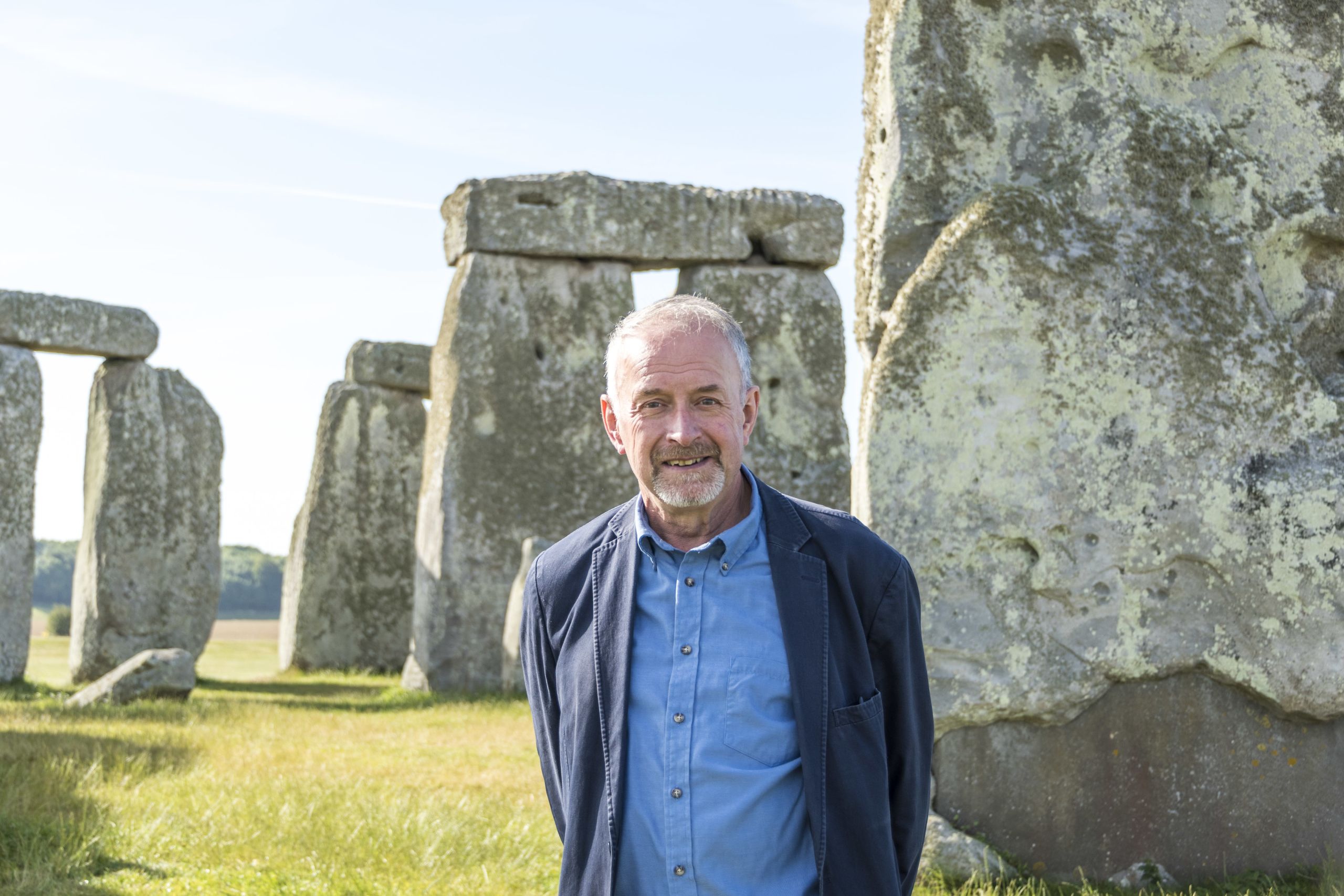Stonehenge
Unearthing the mysteries of the ancient stone circle

Bournemouth University (BU) has worked on projects at the UK’s most famous landmark, Stonehenge, for 25 years and has helped to unearth some of its mysteries.
Stonehenge is a prehistoric stone monument in Wiltshire. It is one of the most famous landmarks in England and is a UNESCO World Heritage site. It is formed of a ring of standing stones set within earthworks and was constructed during the Neolithic period – about 4000–5000 years ago.
Very little is known about Stonehenge – it was created by people who left no written records. We don't know for sure why it was built or what it was used for.
Two types of stone are used at Stonehenge – the larger sarsens and the smaller ‘bluestones’. The sarsens were erected in two concentric arrangements – an inner horseshoe and an outer circle – and the bluestones were set up between them in a double arc. The central bluestones were later rearranged to form a circle and inner oval, which was again later altered to form a horseshoe.
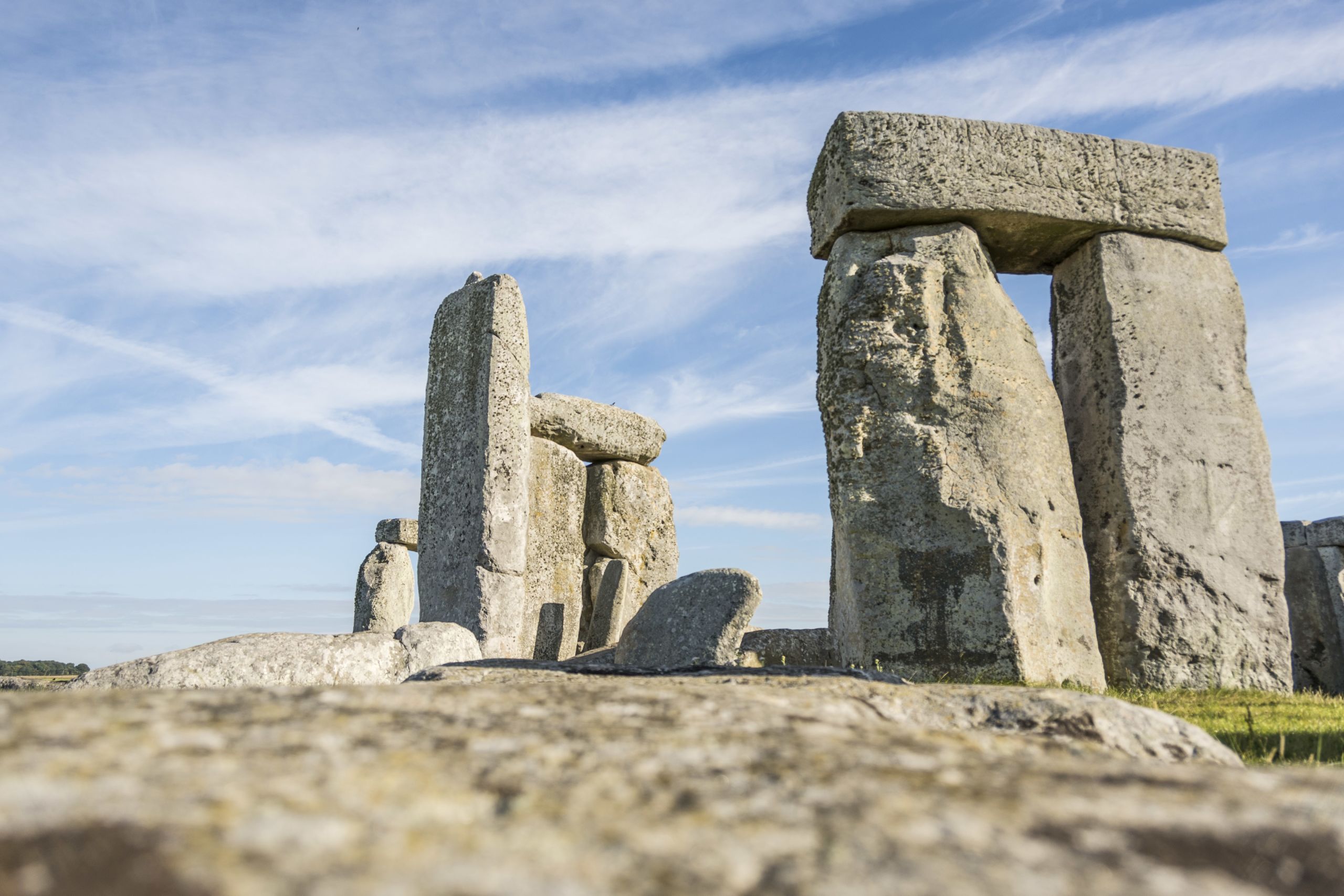
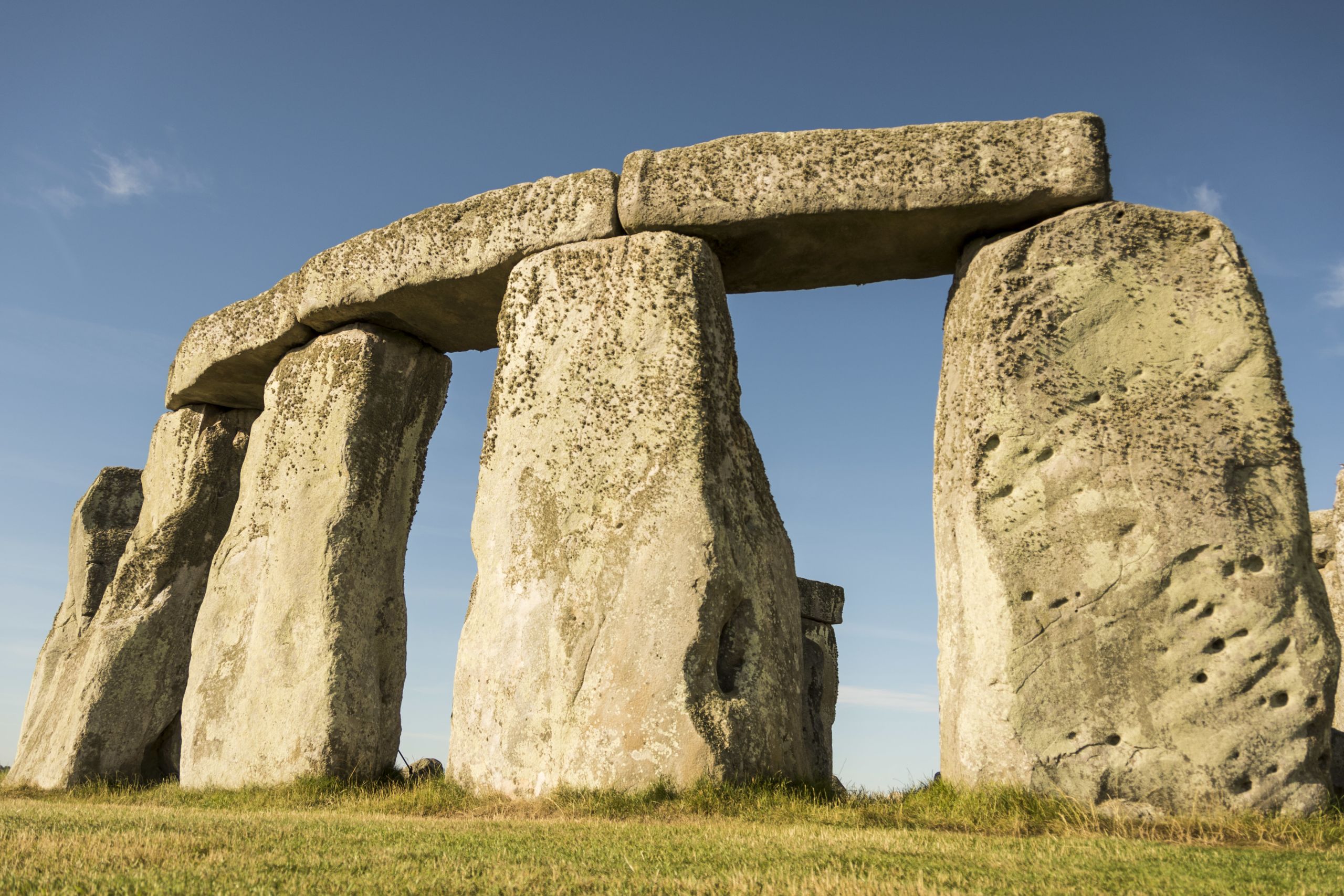
But where did the stones come from?
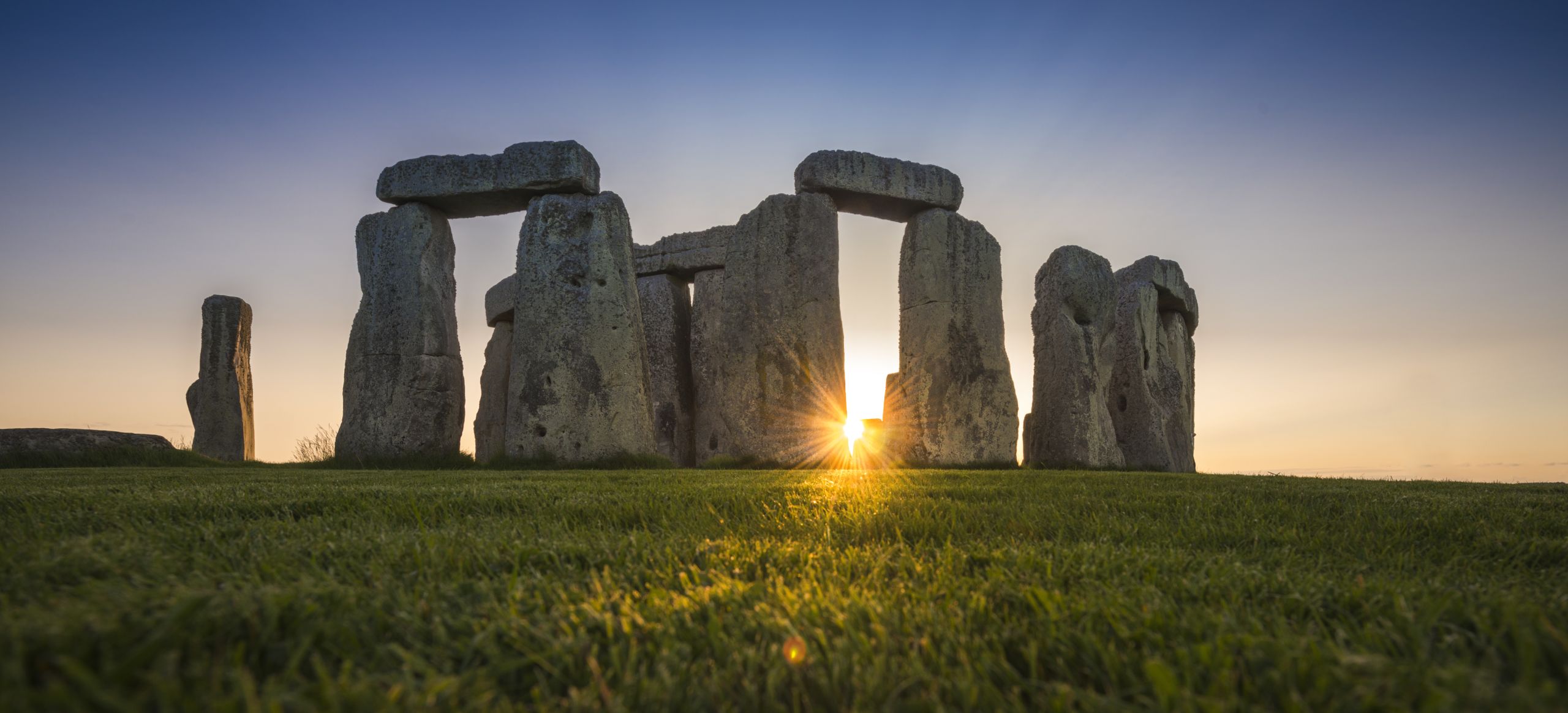
Geologists have known for many years that the very large sarsen standing stones are a local sandstone, and the smaller bluestones come from the Preseli hills in Pembrokeshire. But it wasn’t known exactly where the stones were quarried from.
Bournemouth University staff and students have helped to discover the sources of both the main kinds of stone used to build Stonehenge.
In the early 2000s, BU's Professor of Archaeology at the time, Timothy Darvill OBE and colleagues discovered quarries for some of the bluestones at Carn Menyn in the Preseli Hills of West Wales which they followed up with surveys and excavations.
In 2008, this discovery led to Professor Darvill being given permission to excavate a trench within Stonehenge – the first time work had been done there since the mid 20th century. That dig yielded lots of valuable samples – some of which is still being analysed – and started the team thinking about where the sarsen stones came from.
Later, in 2015, Professor Kate Welham was part of a team of leading archaeologists from universities across the UK that found two more bluestone quarries in West Wales and carried out excavations to discover more about how and when the bluestones were quarried.
In 2020, Professor Darvill was involved in a project that discovered exactly where in Wiltshire the other stones - the sarsen stones - came from.
The investigation used geochemical data to identify that most of the sarsen stones at Stonehenge originated from West Woods, located around 20 miles to the north of Stonehenge, on the edge of the Marlborough Downs in Wiltshire.
The discovery was the culmination of a two-year investigation by academics from the University of Brighton, Bournemouth University, English Heritage and University College London. The research used a core from one of the sarsen stones that was taken during restoration work in 1958 before being returned to English Heritage.
At the time, Professor Darvill said: “Pinpointing the source of the iconic sarsens is such an achievement. Knowing that almost all of the uprights and lintels came from the same place in West Woods really takes one closer to the builders of Stonehenge.”
You can also find out more about the discovery by reading the article written by Professor Darvill and Professor Nash in The Conversation.
The stone core from sarsen Stone 58. Credit: Juliet Brain, English Heritage
The stone core from sarsen Stone 58. Credit: Juliet Brain, English Heritage
Photograph from restoration work in 1958. Credit: Robin Phillips
Photograph from restoration work in 1958. Credit: Robin Phillips
Professor Tim Darvill at Stonehenge
Professor Tim Darvill at Stonehenge
As well as working to discover exactly where the stones came from, BU academics have conducted and been involved with numerous Stonehenge projects in the last 25 years and have provided their expertise on the monument.
BU academics from the Faculty of Health & Social Sciences and the Faculty of Science & Technology worked on the Human Henge project, which examined whether creative exploration of historic landscapes can help people with mental health conditions. The project drew on the theory by Professor Geoffrey Wainwright, former English Heritage Chief Archaeologist, and BU’s Professor Tim Darvill, that Stonehenge was once a place of healing.
BU academics have also provided their expertise to several different TV programmes, including Dr Miles Russell, who featured on a BBC documentary about Stonehenge, and Professor Darvill, who provided his expertise to Legends of the Lost – an American documentary series fronted by actress Megan Fox.
For over 5000 years Stonehenge has drawn people to it, captivating entire generations. The stones have inspired numerous theories and ideas as people have striven to understand their secrets. Through 25 years of research, Bournemouth University has unearthed some of Stonehenge's mysteries, but there is still much more to discover.
